Regimes throughout the world that were overthrown
Throughout history, civilizations have seen the rise and fall of numerous regimes, each bringing dramatic shifts in power and society. These overthrows often mark pivotal moments that reshape nations and influence global dynamics. From ancient empires to modern-day governments, the stories of these regime changes are as diverse as they are profound. Let’s embark on a journey through some of the most significant overthrows, exploring the causes and consequences that have left a lasting impact on the world.
The Fall of the Roman Empire: A Turning Point in History
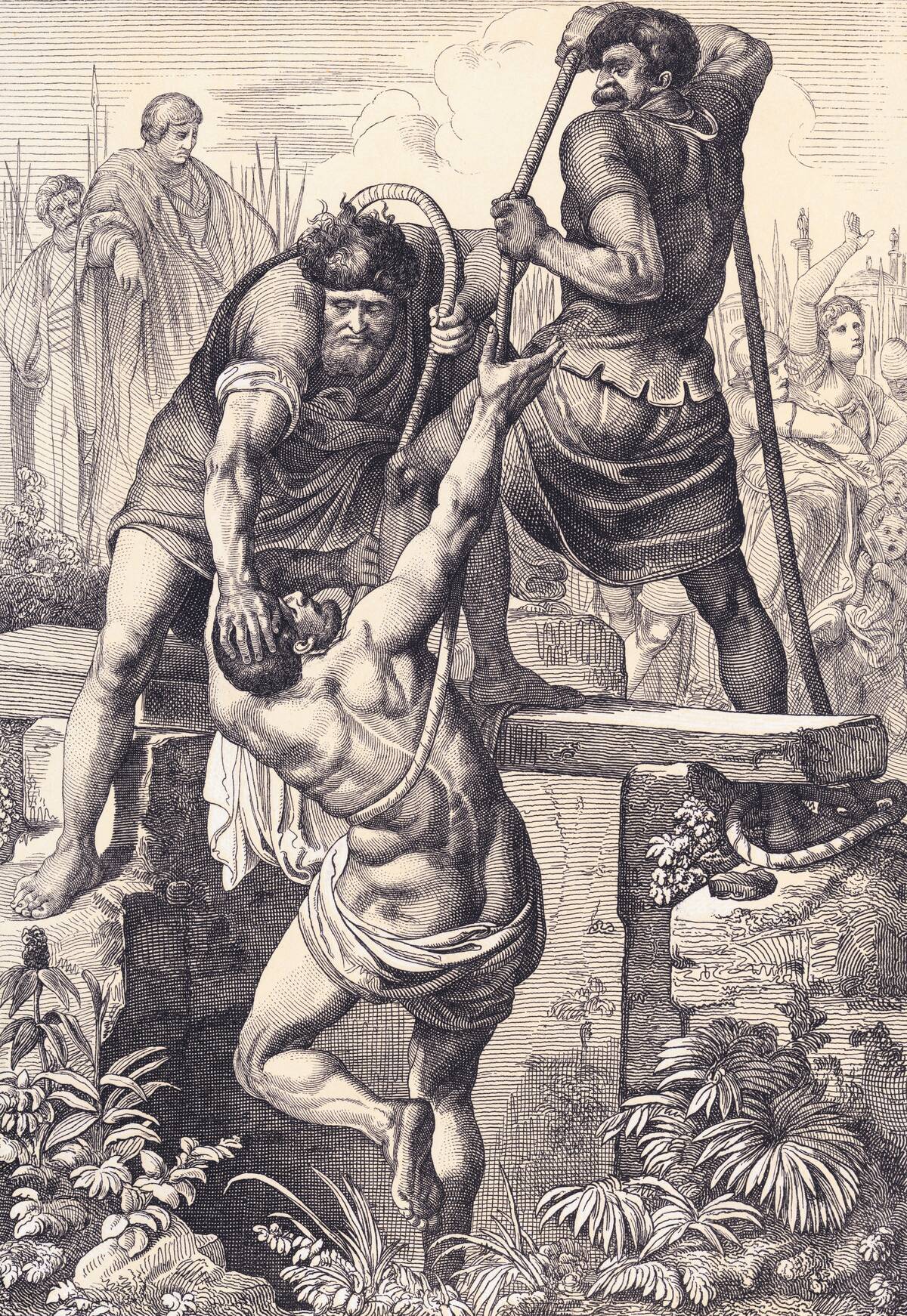
The fall of the Roman Empire in 476 AD is often cited as a major turning point in Western history. The decline was a result of a combination of internal instability, economic troubles, and invasions by barbarian tribes like the Visigoths. This collapse led to the fragmentation of Europe into smaller, feudal states, setting the stage for the Middle Ages. The Roman Empire’s influence, however, persisted through its contributions to law, architecture, and government, which continue to shape societies today.
The French Revolution: From Monarchy to Republic
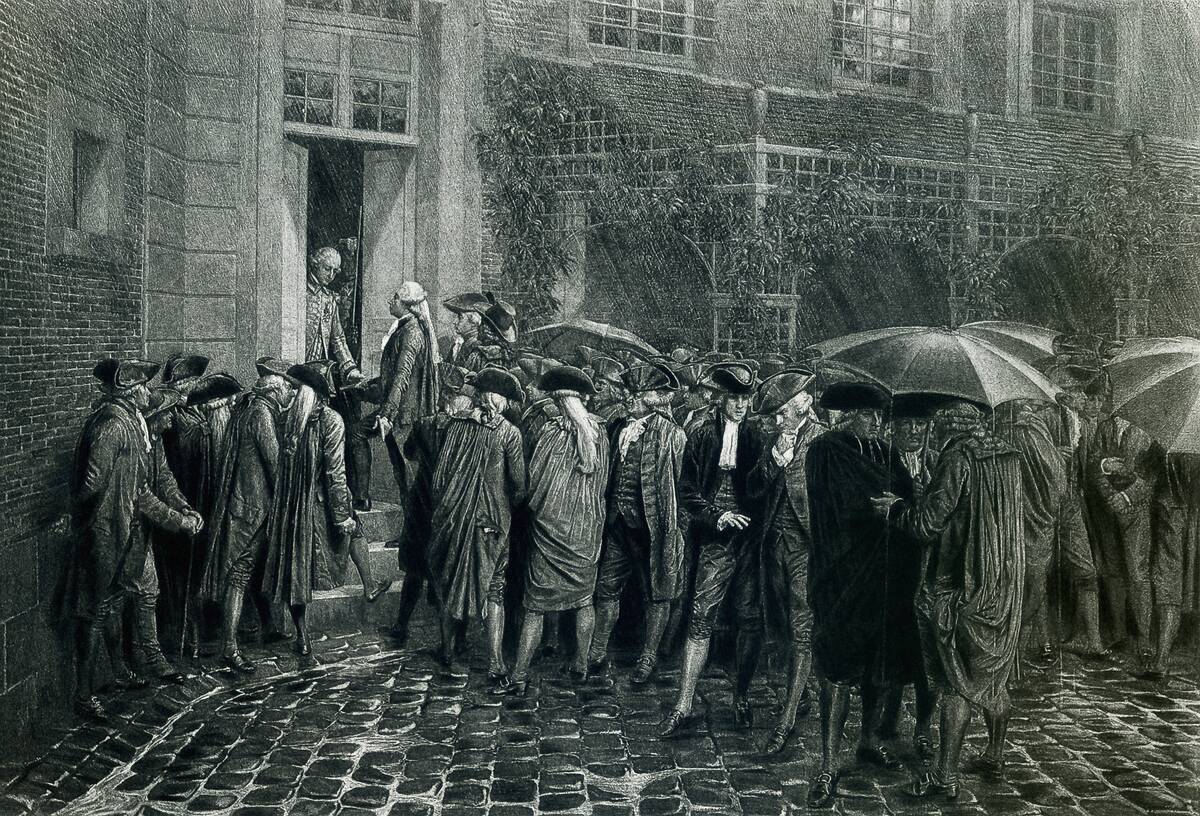
The French Revolution, starting in 1789, was a radical period that saw the end of centuries-old monarchy. Driven by Enlightenment ideals and economic distress, the revolution ushered in the Reign of Terror and eventually led to the rise of Napoleon Bonaparte. The revolution not only transformed France into a republic but also inspired democratic movements worldwide. Its legacy includes the Declaration of the Rights of Man and of the Citizen, a seminal document that continues to influence human rights discourses.
The Russian Revolution: The Rise of the Soviet Union

In 1917, the Russian Revolution dismantled the Tsarist autocracy, leading to the rise of the Soviet Union. The October Revolution, led by the Bolsheviks under Lenin, replaced the provisional government with a communist regime. This marked the beginning of a new era in Russian history, with widespread social and economic reforms. The revolution also had global repercussions, inspiring leftist movements and contributing to the ideological divides that characterized much of the 20th century.
The End of Apartheid: South Africa’s Journey to Equality
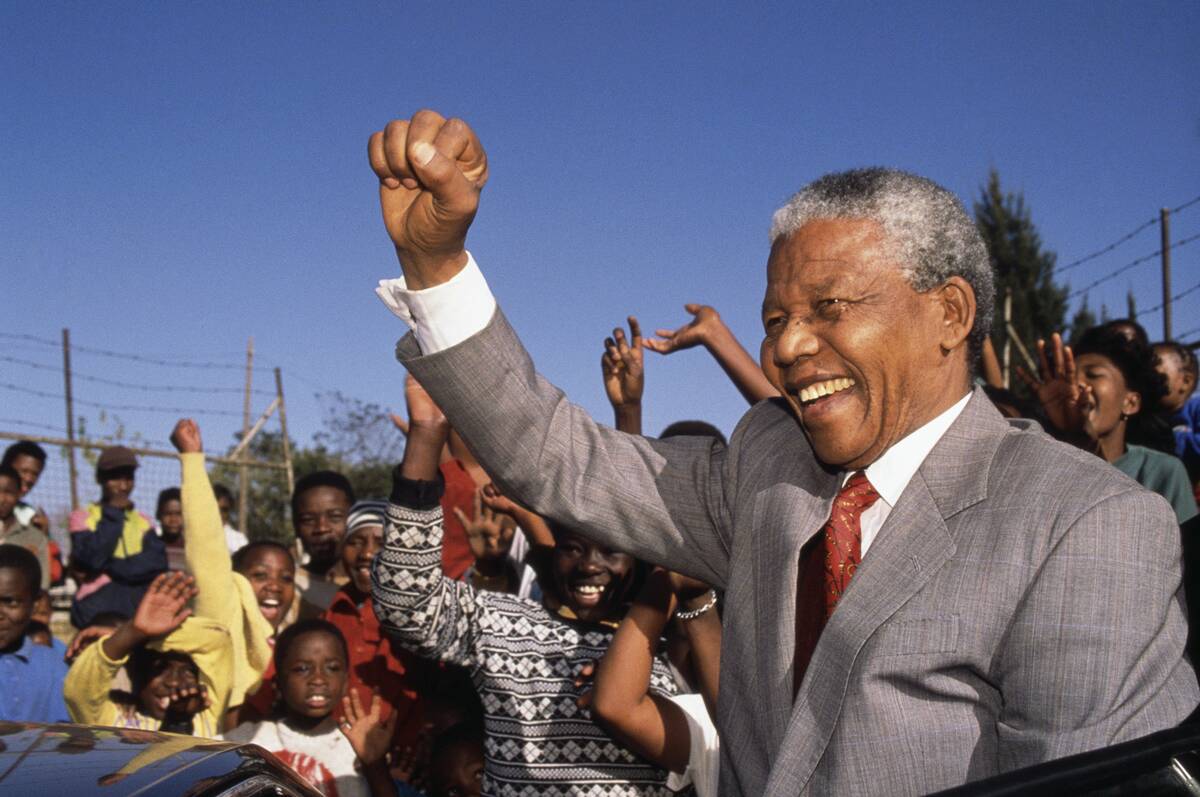
The end of apartheid in the early 1990s marked a new chapter for South Africa, transitioning from decades of racial segregation to a democratic society. Under the leadership of figures like Nelson Mandela and F.W. de Klerk, apartheid laws were dismantled, culminating in the historic 1994 elections. This peaceful transition was a beacon of hope for racial reconciliation and justice. The Truth and Reconciliation Commission, established thereafter, played a crucial role in addressing past human rights abuses and fostering national healing.
The Iranian Revolution: A Shift from Monarchy to Theocracy
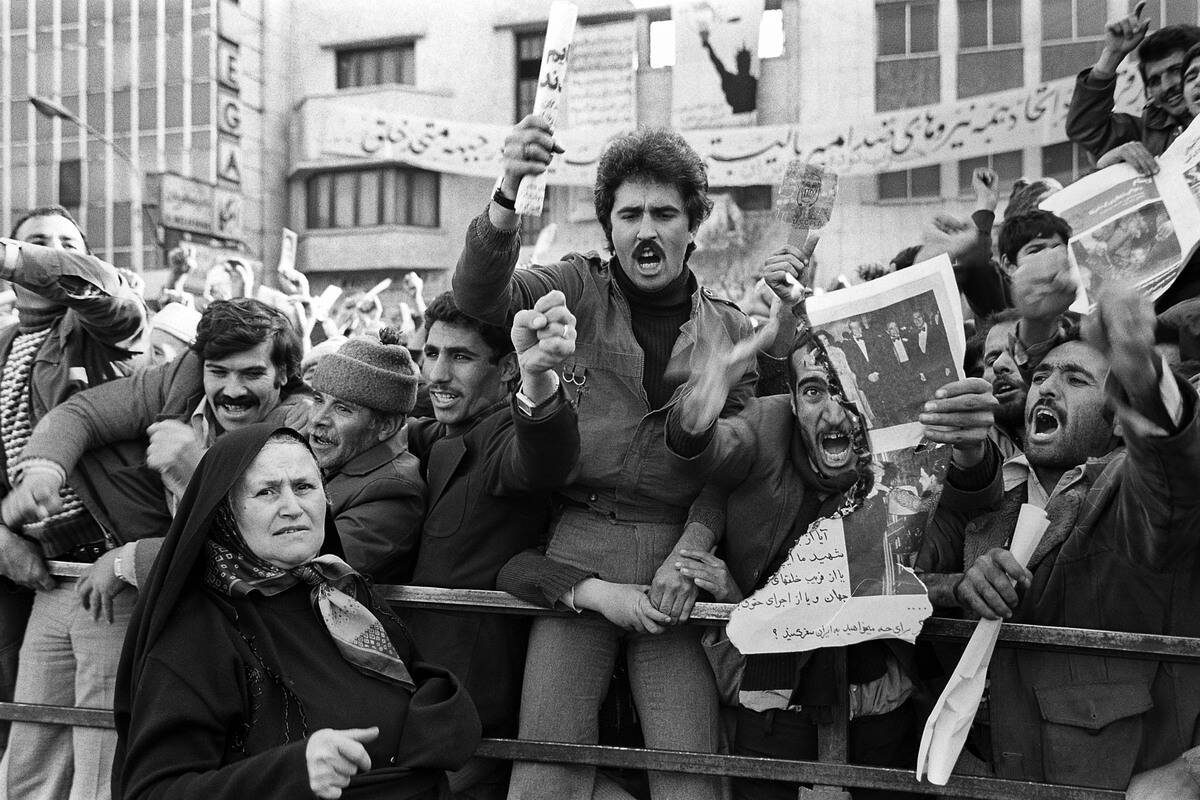
In 1979, Iran experienced a seismic shift as the Pahlavi monarchy was replaced by an Islamic Republic under Ayatollah Khomeini. The revolution was fueled by widespread discontent with the Shah’s authoritarian regime and Westernization policies. This transformation ushered in a theocratic government, significantly altering Iran’s political landscape and its relations with the West. The revolution’s impact extended beyond Iran, influencing Islamic movements and altering geopolitical dynamics in the Middle East.
The Collapse of the Soviet Union: The End of the Cold War
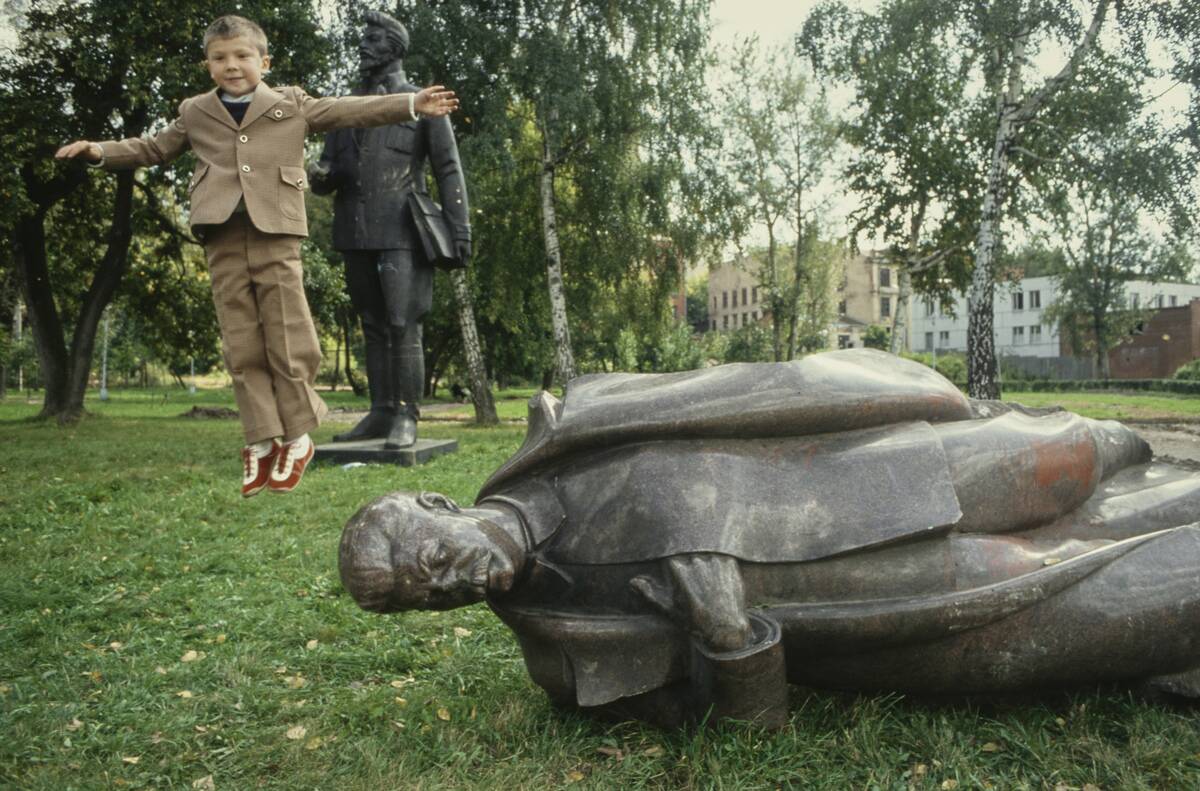
The dissolution of the Soviet Union in 1991 marked the end of the Cold War, a period of geopolitical tension between the USSR and the United States. Economic stagnation, political reforms, and nationalist movements within the Soviet republics contributed to the collapse. Mikhail Gorbachev’s policies of glasnost and perestroika, aimed at reforming the system, inadvertently hastened its disintegration. The end of the Soviet Union led to the independence of 15 republics and a shift towards democratic governance in Eastern Europe.
The Arab Spring: A Wave of Change Across the Middle East

Beginning in 2010, the Arab Spring was a series of anti-government protests that spread across the Arab world. Triggered by the self-immolation of Mohamed Bouazizi in Tunisia, the movement saw the overthrow of leaders in countries like Egypt, Libya, and Yemen. The Arab Spring highlighted demands for democracy, economic reforms, and human rights. However, the outcomes varied across the region, with some countries experiencing significant political change while others descended into conflict or reverted to authoritarian rule.
The Overthrow of Chile’s Pinochet: A Return to Democracy
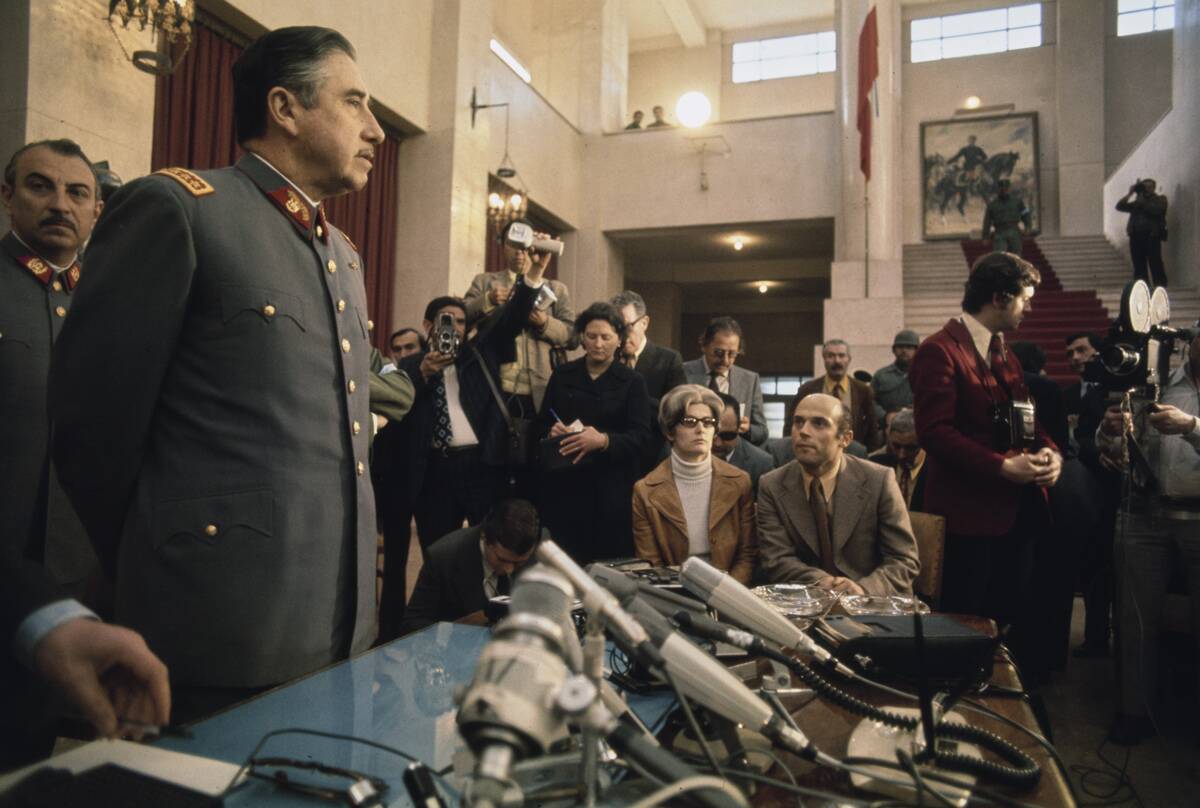
In 1990, Chile transitioned back to democracy following the end of Augusto Pinochet’s authoritarian rule. His regime, which began with a coup in 1973, was marked by human rights abuses and economic reforms. The 1988 national plebiscite, where Chileans voted against extending Pinochet’s presidency, was pivotal in the peaceful return to democratic governance. This transition was facilitated by negotiations and political compromise, setting an example for peaceful regime changes in other countries.
The Fall of the Berlin Wall: The Reunification of Germany
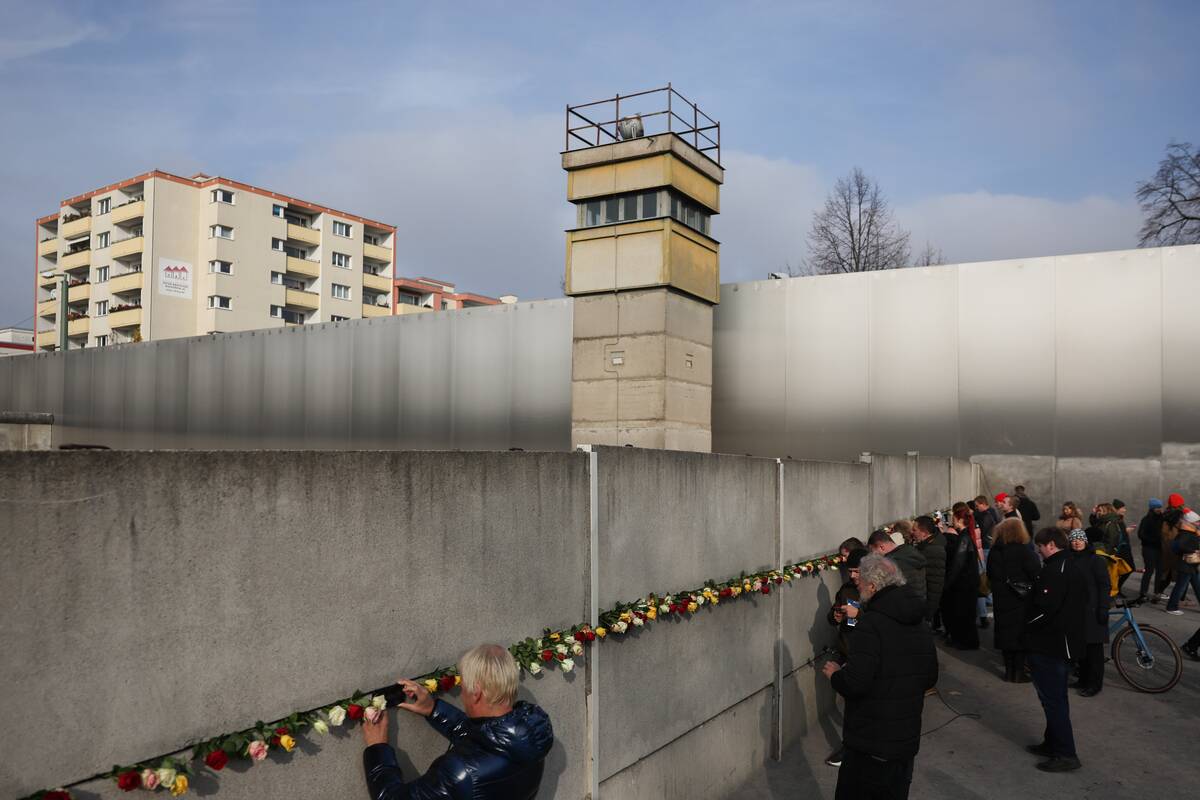
The fall of the Berlin Wall in 1989 symbolized the end of the Cold War and heralded the reunification of Germany. Erected in 1961, the wall had separated East and West Berlin, becoming a potent symbol of division. Its demolition was sparked by mounting public pressure and political changes in Eastern Europe. The reunification process, completed in 1990, was a significant milestone for Germany and Europe, fostering renewed economic growth and political stability in the region.
The Cuban Revolution: Castro’s Rise to Power
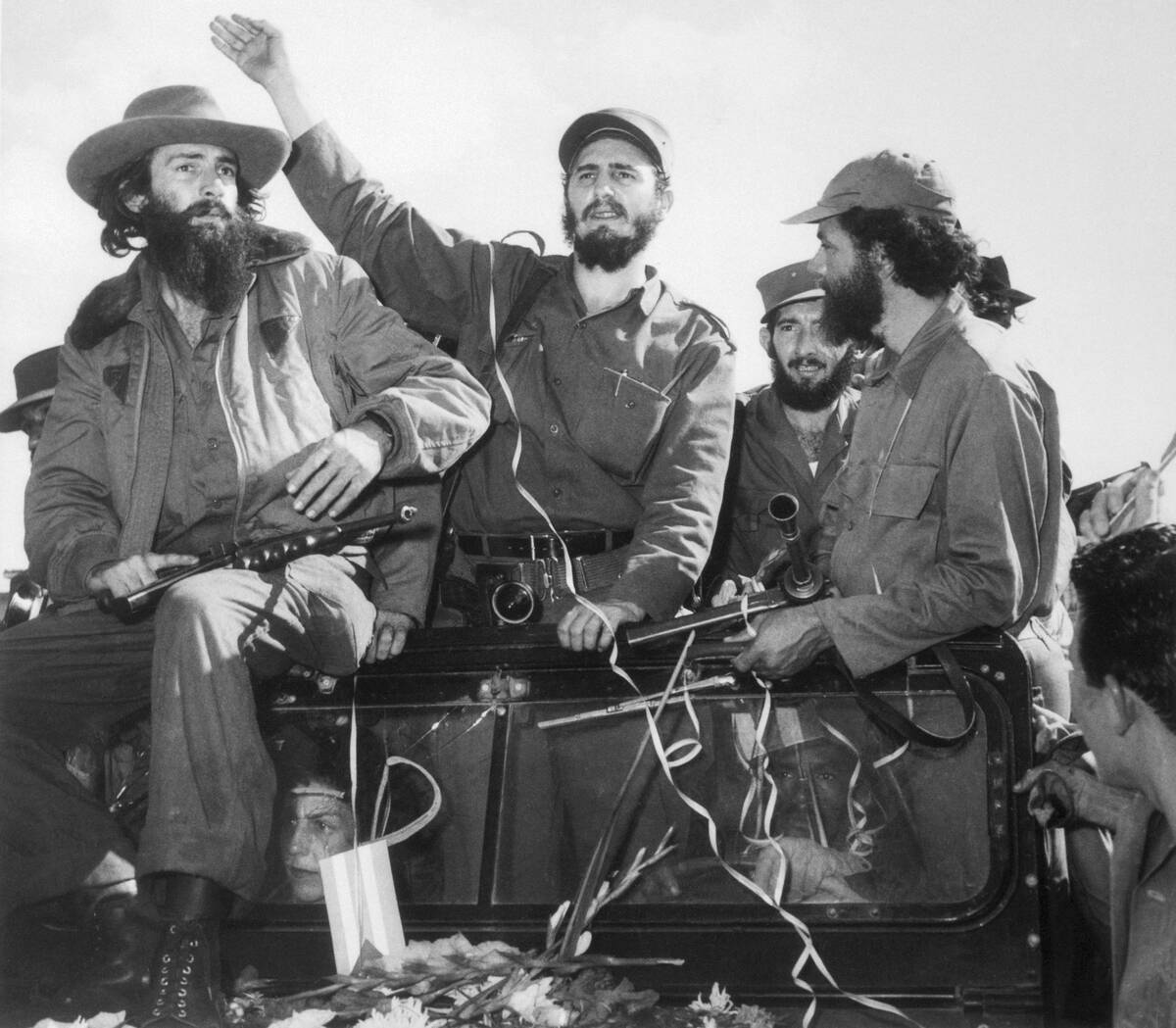
The Cuban Revolution culminated in 1959 with Fidel Castro’s overthrow of the Batista regime. This revolution was driven by widespread discontent with corruption, inequality, and repression under Batista. Castro’s guerrilla campaign, alongside figures like Che Guevara, inspired a wave of socialist movements in Latin America. The revolution transformed Cuba into a socialist state, resulting in significant social reforms and altering its relationship with the United States, leading to a prolonged period of tension during the Cold War.
The Overthrow of Mussolini: Italy’s Liberation from Fascism
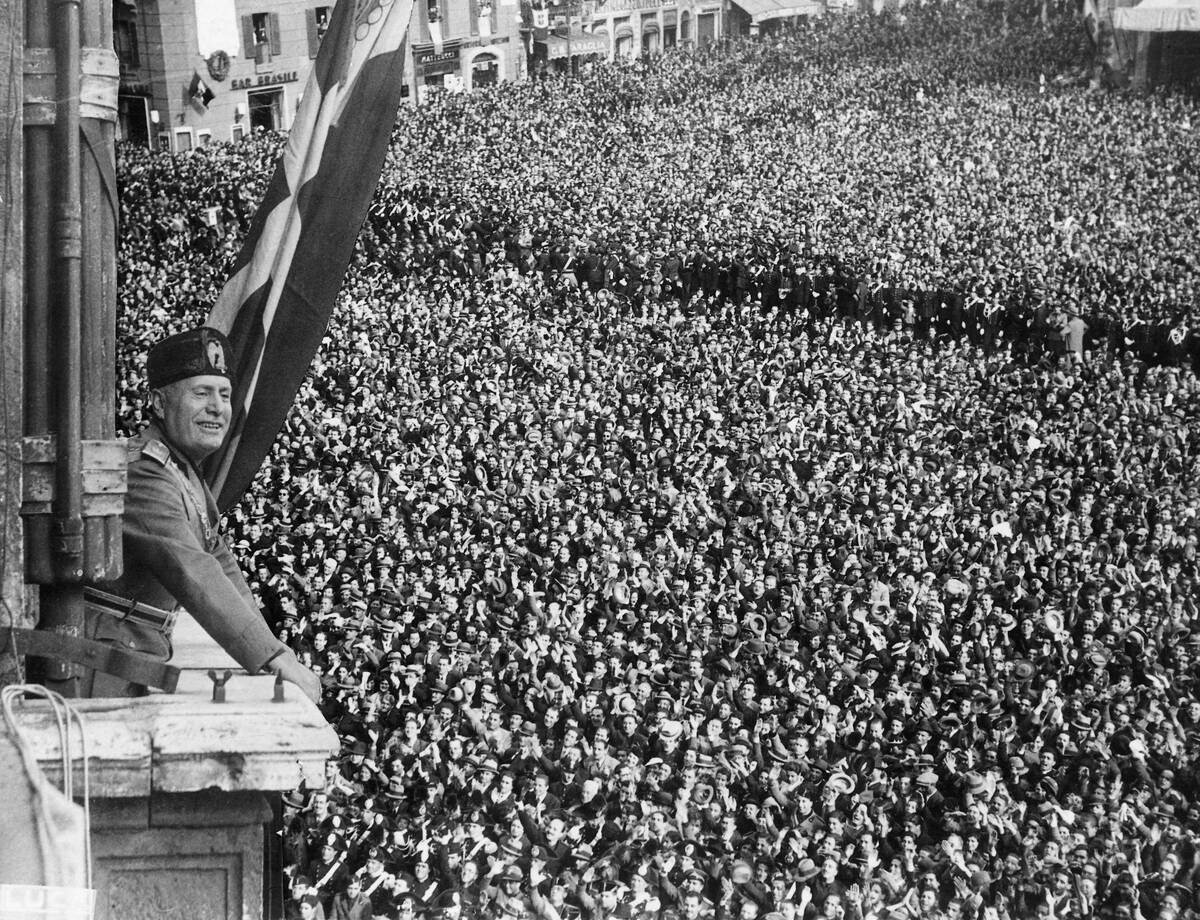
In 1943, Benito Mussolini was deposed as Italy’s leader, marking a crucial step towards the end of fascism in the country. His removal came amid the Allied invasion of Italy during World War II and growing domestic opposition. Mussolini’s regime had aligned Italy with Nazi Germany, leading to disastrous military campaigns. His overthrow paved the way for the establishment of a democratic republic in 1946, allowing Italy to rebuild and reconcile in the post-war era.
The End of the Khmer Rouge: Cambodia’s Path to Recovery
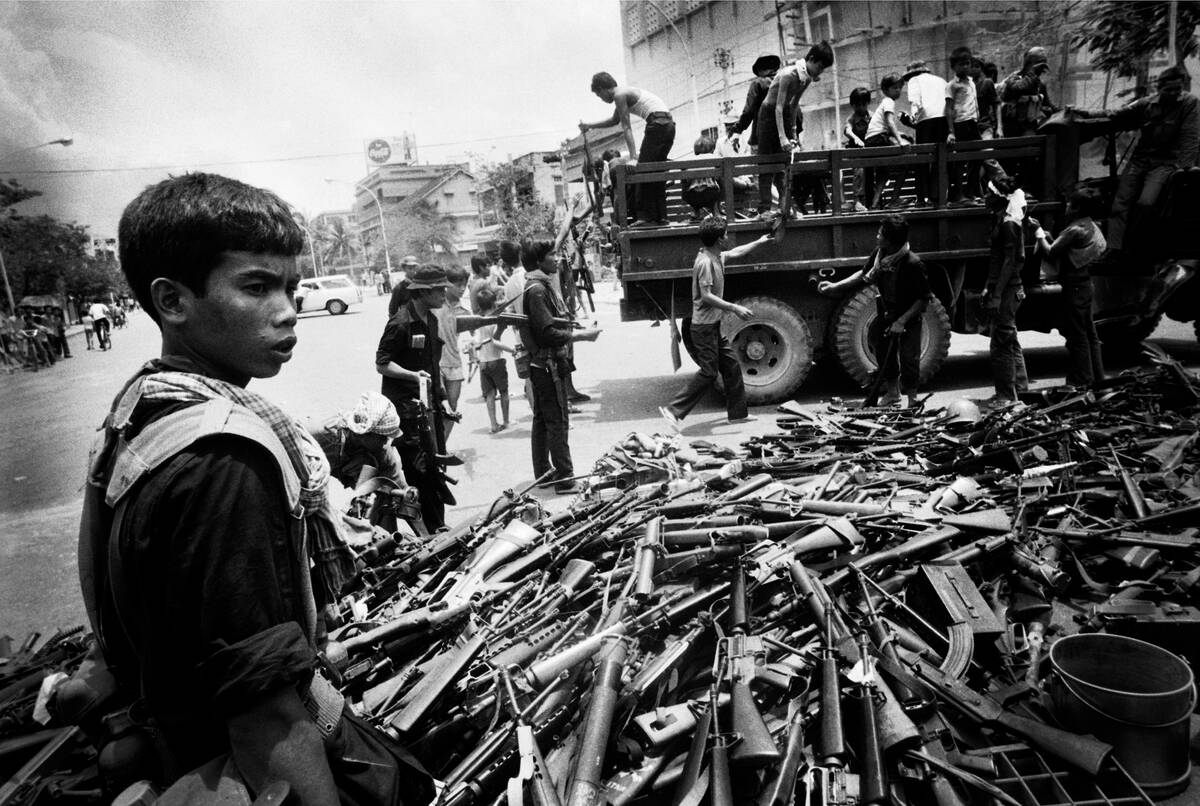
The Khmer Rouge regime in Cambodia, led by Pol Pot, was notorious for its brutal policies that resulted in the deaths of an estimated 1.7 million people. The regime was overthrown in 1979 by Vietnamese forces, leading to the establishment of the People’s Republic of Kampuchea. This marked the beginning of Cambodia’s recovery, though the path to stability was fraught with challenges. The international community, including the United Nations, played a crucial role in facilitating peace and rebuilding efforts.
The Haitian Revolution: The First Successful Slave Revolt
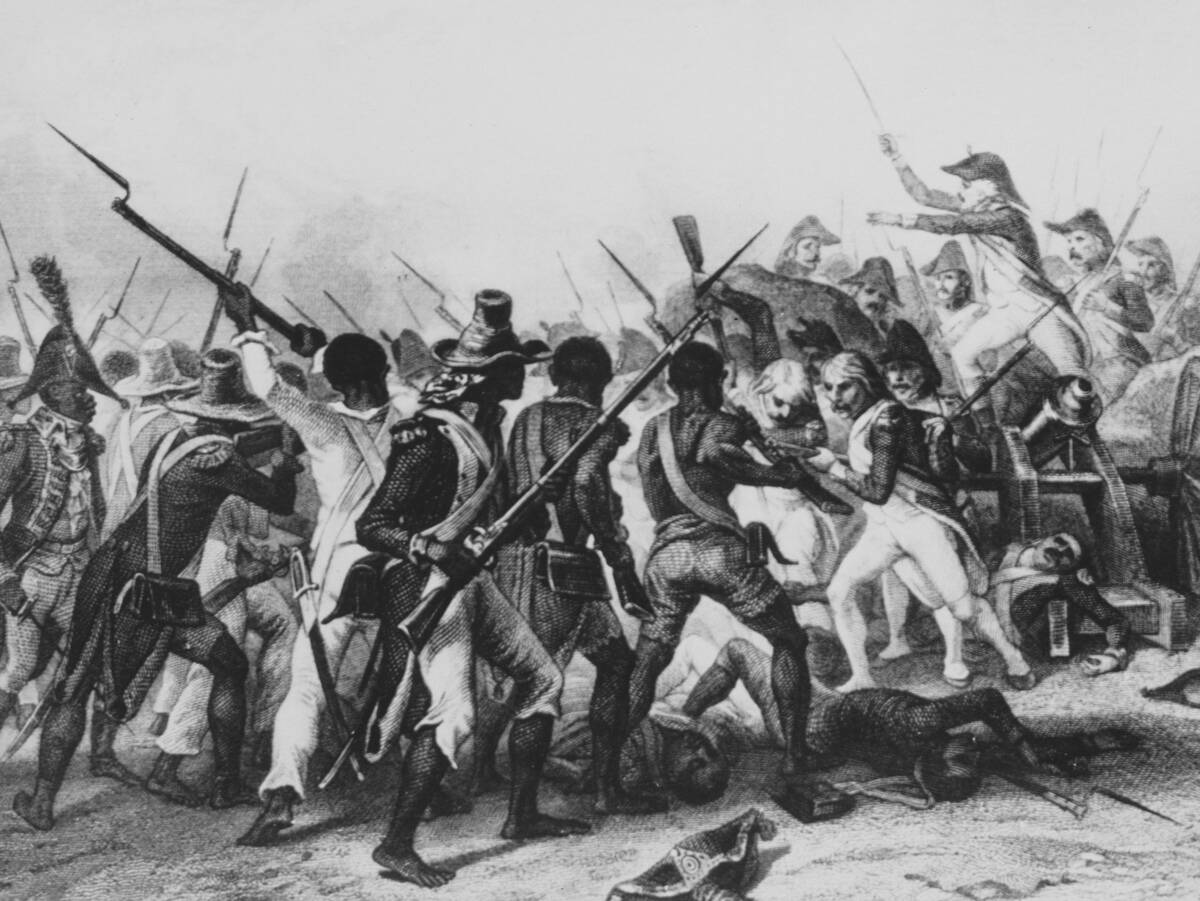
The Haitian Revolution, which began in 1791 and ended in 1804, was the first successful slave revolt in history. This uprising led to the establishment of Haiti as the first independent Black republic. Under the leadership of figures like Toussaint L’Ouverture and Jean-Jacques Dessalines, enslaved Africans overthrew French colonial rule. The revolution had a profound impact, challenging notions of racial hierarchy and inspiring other movements for abolition and independence across the Americas.
The Overthrow of Saddam Hussein: Iraq’s New Beginning
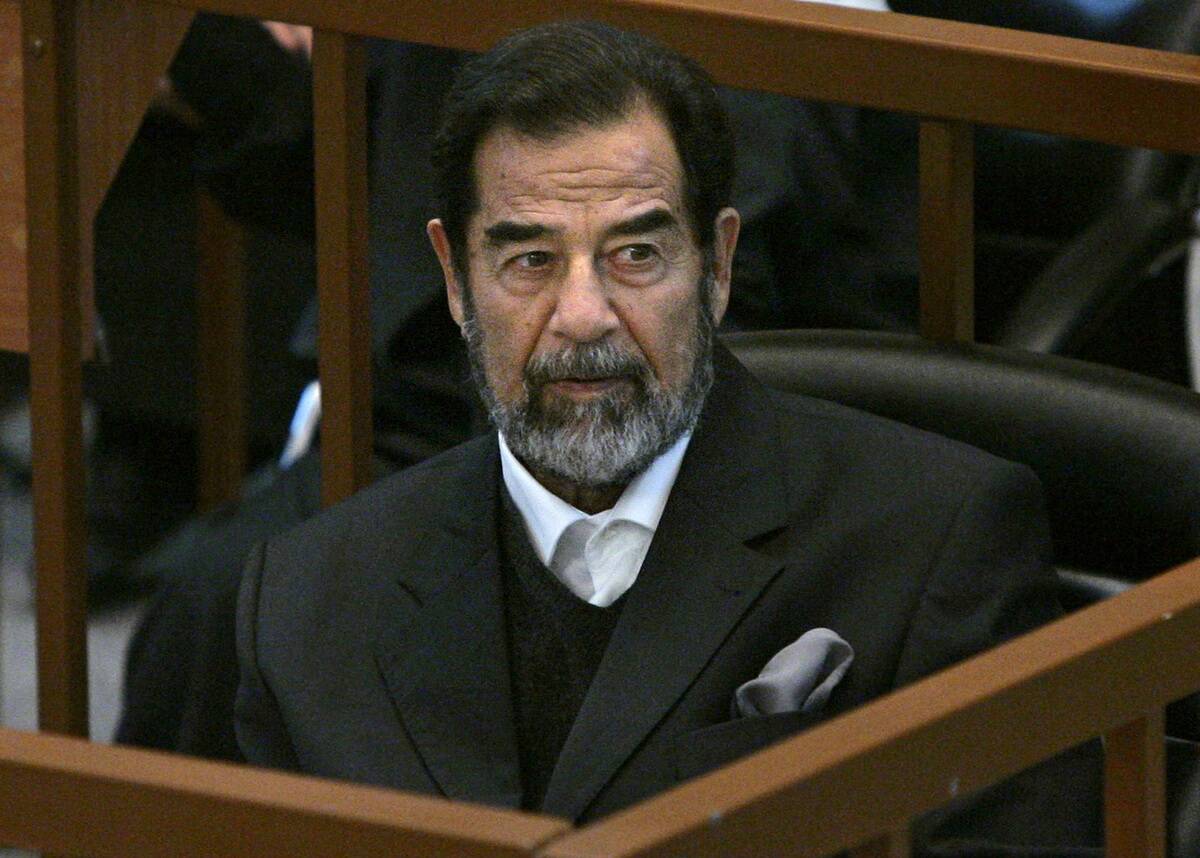
In 2003, the regime of Saddam Hussein was toppled by a US-led coalition, marking the beginning of a new chapter in Iraq’s history. Hussein’s rule was characterized by authoritarianism, human rights abuses, and conflicts with neighboring countries. His overthrow aimed to establish a democratic government, though the transition was marred by instability and violence. The long-term impacts of the invasion and subsequent occupation continue to shape Iraq’s political landscape and its relations with global powers.



